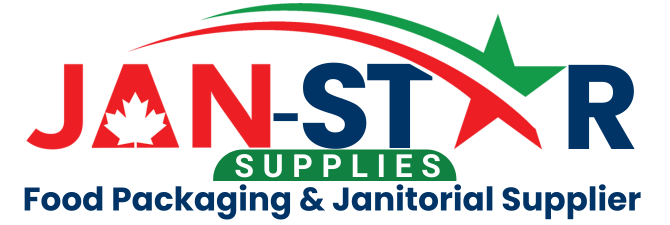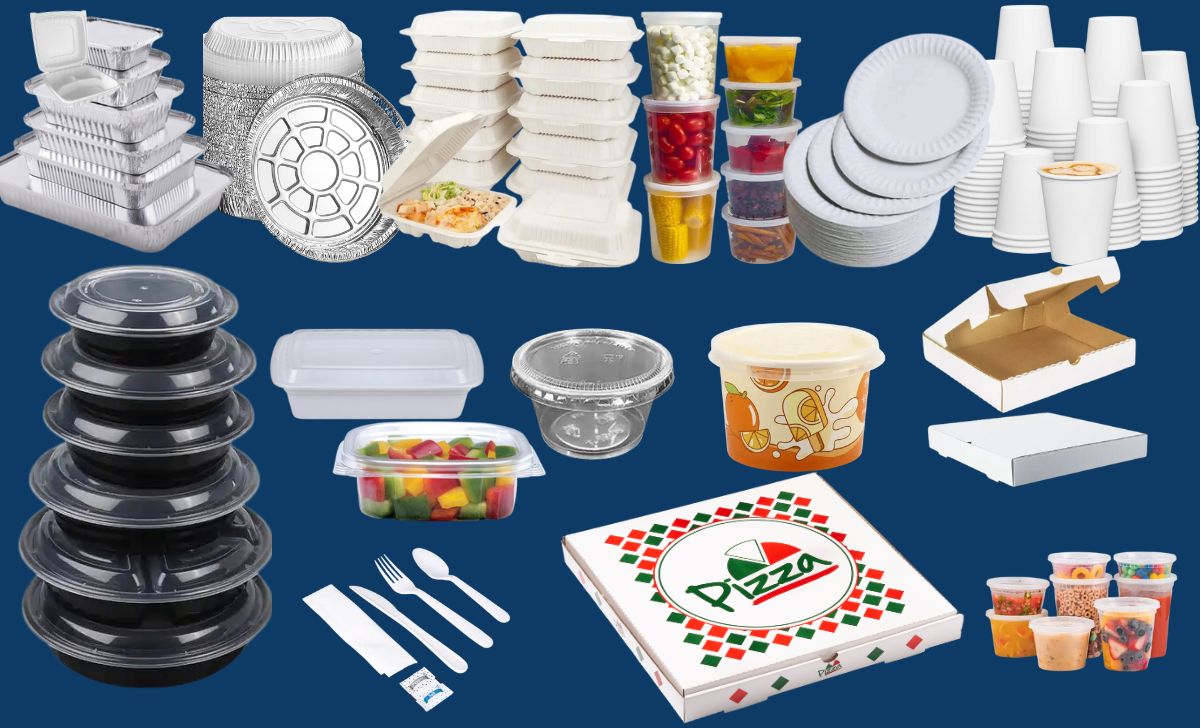The food packaging industry in Canada plays a critical role in ensuring the safety, freshness, and convenience of food products from farm to table. With an increasing awareness of sustainability and health standards, businesses are rapidly adapting to the changing demands of consumers and regulations. This blog delves into the key aspects of food packaging supplies in Canada, including industry trends, regulatory considerations, and innovations that are shaping the future of food packaging.
The Significance of Food Packaging
Food packaging serves multiple crucial functions; it protects food products from contamination and damage, provides important nutritional information to consumers, and helps maintain the quality of the food during transport and storage. Moreover, packaging is a powerful tool for branding, helping companies to differentiate their products in a competitive market.
Industry Trends
The Canadian food packaging industry is witnessing several transformative trends:
- Sustainability: There’s a growing shift towards eco-friendly packaging solutions. Biodegradable materials, recyclable products, and designs that minimize waste are becoming increasingly popular. Companies are exploring alternatives like plant-based plastics and packaging that can be composted after use.
- Technology Integration: Smart packaging technologies such as QR codes, NFC tags, and temperature-sensitive inks are being employed. These technologies enhance consumer engagement and provide detailed product information at the tap of a smartphone.
- Customization and Personalization: With the rise of niche markets and small-scale producers, there’s an increased demand for customizable packaging options that cater to specific audiences and smaller quantity needs.
- Regulatory Compliance: Food safety and labeling standards regulated by the Canadian Food Inspection Agency (CFIA) are critical. Packaging must not only protect food quality but also comply with strict labeling regulations that include nutritional information, ingredient lists, and allergen alerts.
Regulatory Considerations
In Canada, food packaging materials are regulated under the Food and Drugs Act and must be safe for use. They should not cause harmful substances to migrate into food. Any new material used in food packaging must undergo a thorough assessment process to ensure it meets health safety standards.
Innovation in Food Packaging
Canadian companies are at the forefront of packaging innovation. For example, advances in barrier technologies that extend shelf life while maintaining food quality are significant. Additionally, the development of edible packaging, although still in its nascent stages, promises a future where zero-waste packaging could become a reality.
Challenges and Opportunities
Despite the advancements, the industry faces challenges like managing the cost implications of adopting new technologies and materials. Moreover, balancing functionality and environmental impact often requires innovative thinking and design. However, these challenges also present opportunities for growth and differentiation in the market.
Conclusion
As we move forward, the landscape of food packaging supplies in Canada is set to evolve continually. The focus will likely remain on enhancing sustainability, embracing technological advances, and adhering to regulatory standards, all while providing economic packaging solutions. For businesses in this industry, staying informed and adaptable will be key to success.
This exploration of food packaging supplies in Canada highlights the industry’s complexity and its pivotal role in maintaining food quality and safety. With ongoing innovations and a commitment to sustainability, the future of food packaging in Canada looks both promising and exciting.

